China’s financing and investment spread across 61 BRI countries in 2023 (up...
2024-02-27 31 英文报告下载
Research is continually proving that classroom design – including color, lighting, acoustics and spatial organisation – impacts student learning. A landmark study from 2012 found that classroom design alters students’ academic progress over a school year by as much as 25%,36 and ongoing research from 2018 suggests that classroom design affects learning by an average of 16%.75 Research has grown exponentially in the field of “Future Learning Spaces” to account for how technology is already changing the way we think and learn.76 Yet in 2017 the Innovative Learning Environment and Teacher Change project concluded that conventional or traditional classrooms account for approximately 75% of all spaces in Australian and New Zealand schools. Schools that combine open-plan spaces with differentiated or more conventional spaces have been touted as the leaders of innovative learning environments. For example, assessment of the Gateway School in New York City suggests that classrooms and breakout spaces must be part of an interconnected design strategy.
With classrooms being seen as the 'third teacher' (following parents and educators), schools are looking to embrace classroom layouts that encourage creativity, collaboration and flexibility. Even minor changes can result in positive outcomes. A study has shown that greeting students at the classroom door leads to 20% higher student engagement and 9% lower disruptive behavior.38 UK research has found that classrooms feel most lively and warm when 20-50% of the walls are bare and the remaining space is filled with learning aids, inspiring posters and student work.39 Meanwhile, 50% of Norwegian teachers say that the introduction of technology has not influenced the way they furnish their classrooms, but they add that teachers have to adapt their teaching style to accommodate moving to different parts of the room.
Globally, 25% of parents spend seven or more hours per week assisting their children with homework. At the same time, 78% of parents worldwide describe their confidence in the quality of teaching at their schools as “good” or “very good.”42 Yet since 49% of couple households feature two parents working full-time, technology that facilitates conversation between parents and teachers is becoming increasingly valuable.44 In fact, in the US, 76% of teachers and administrators say that technology is important in engaging parents with their child’s school performance.45 In the most recent OECD PISA report, parents reported a myriad of obstacles to being involved in their child’s education. In Hong Kong, 68% of parents reported that they are unable to get off from work to attend school meetings and 66% reported that meeting times with teachers are a barrier to their involvement.

标签: 英文报告下载
相关文章
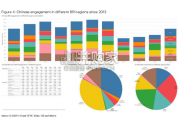
China’s financing and investment spread across 61 BRI countries in 2023 (up...
2024-02-27 31 英文报告下载
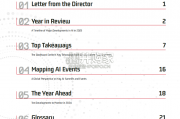
Though the risk of AI leading to catastrophe or human extinction had...
2024-02-26 52 英文报告下载
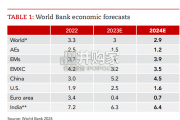
Focusing on the prospects for 2024, global growth is likely to come i...
2024-02-21 96 英文报告下载
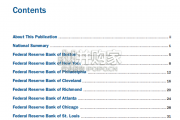
Economic activity declined slightly on average, employment was roughly flat...
2024-02-07 67 英文报告下载

Economic growth can be defned as an increase in the quantity or quali...
2024-02-06 82 英文报告下载
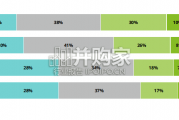
In this initial quarterly survey, 41% of leaders reported their organizatio...
2024-02-05 66 英文报告下载
最新留言